Airlander 10 reaches 'highest altitude so far'
- Published

The Airlander 10 took off at 18:15 BST on Tuesday
The world's longest aircraft has successfully completed its fourth test flight, reaching the highest altitude it has attained so far.
The Airlander 10 - a combination of a plane and an airship - took off at 18:15 BST on Tuesday near its base at Cardington Airfield, Bedfordshire.
During the flight, which lasted about three hours, the 302ft (92m) long craft reached 3,500ft (1,067m).
Hybrid Air Vehicles (HAV) said it was "a hugely successful flight".
The world's longest aircraft Airlander 10 has reached its highest altitude

Airlander 10 took off near its base at Cardington Airfield

There was no warning ahead of the flight and it took Bedford residents by surprise
This is the second successful flight flown since the £25m aircraft nosedived during a test flight on 24 August.
No-one was injured in the accident, but the airship's cockpit was effectively destroyed.
The aircraft, which is the length of a football pitch, was given a pair of "giant inflatable landing feet" as part of a package of improvements following the crash.
The accident was due to the Airlander climbing to an excessive height because its mooring line caught on power cables, an Air Accidents Investigation Branch report found.
HAV developed the vessel, which is quieter and emits less pollution than traditional aircraft, and believes it could be the future for air travel.
The firm is hoping to build 12 Airlanders a year by 2018, some as passenger aircraft that will carry up to 48 people at a time.
Other plans include assisting with coastguard duties and providing military and civil surveillance.
It could also be used for filming and academic research, or delivering heavy equipment to remote corners of the world or for humanitarian missions, the developers have suggested.
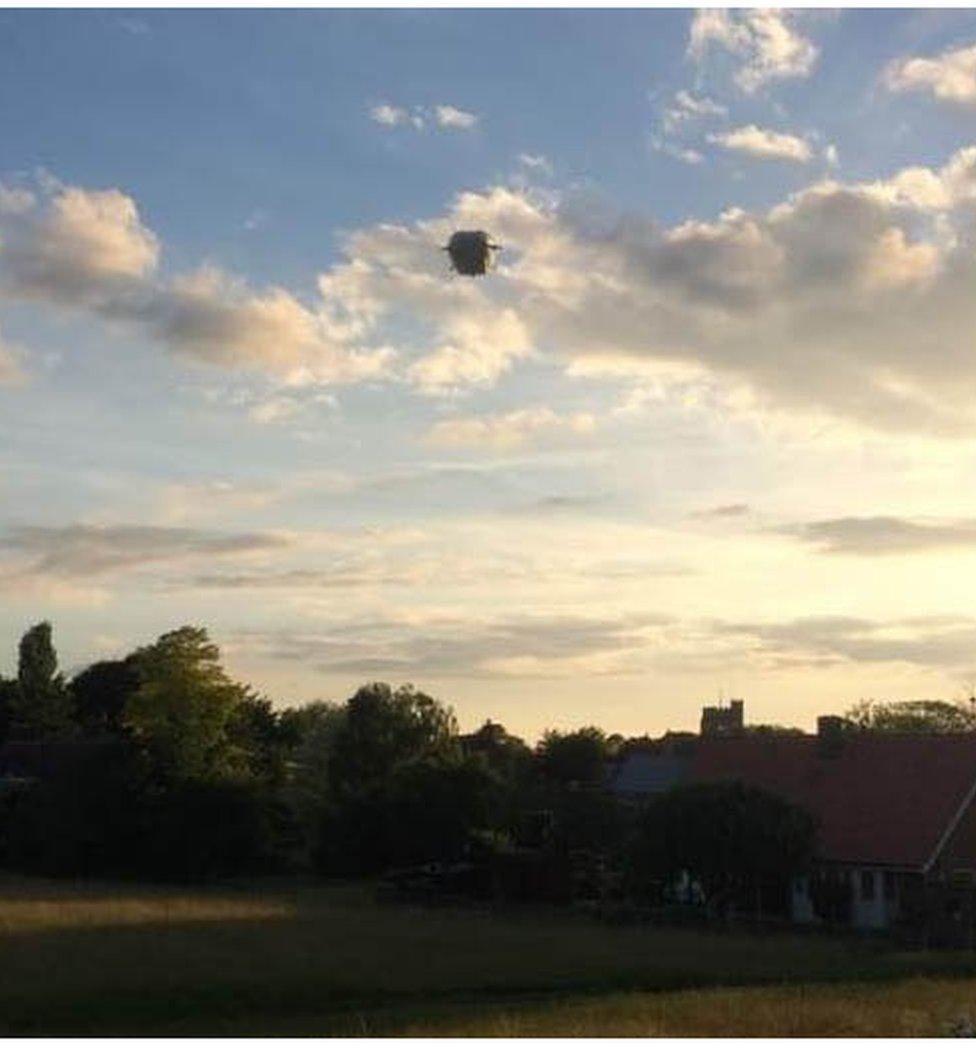
During the flight, the craft reached 3,500ft (1,067m)
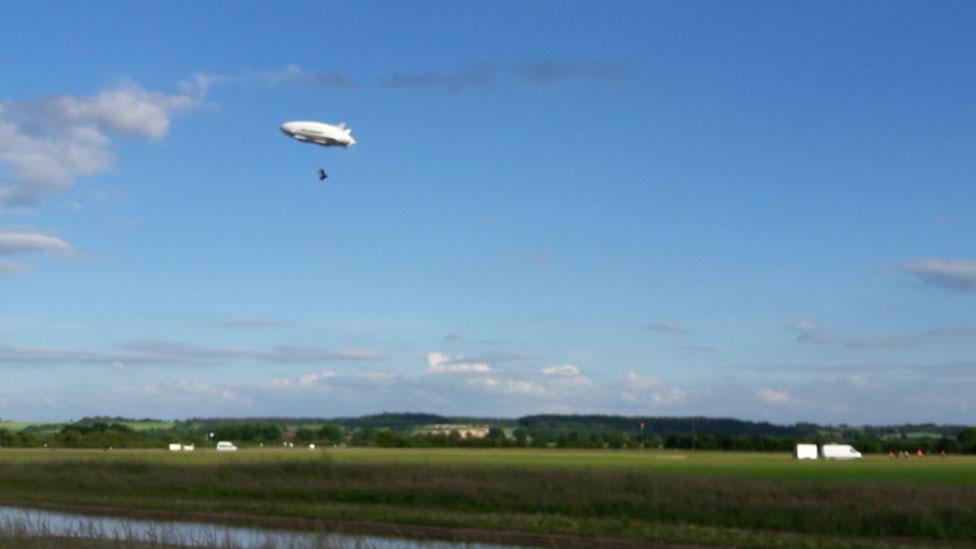
The craft varied its speed to between 20 and 30 knots, measuring the acceleration and deceleration with the thousands of sensors on board
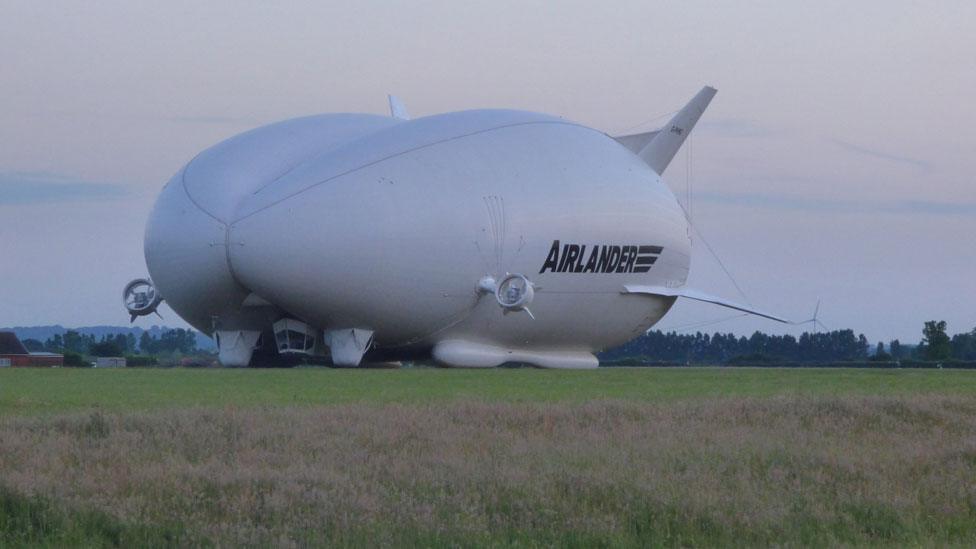
The 302ft (92m) Airlander is back on its mast ready for more test flights

Airlander 10 in numbers
44,100 lbs (20,000kg): The mass of the airship
20,000ft (6,100m): The altitude it can reach
80 knots (148km/h): Maximum speed
Five days: How long it can stay airborne on manned flights
22,050 lbs (10,000kg): Total payload - the weight the ship is able to carry

- Published3 April 2017

- Published9 March 2017
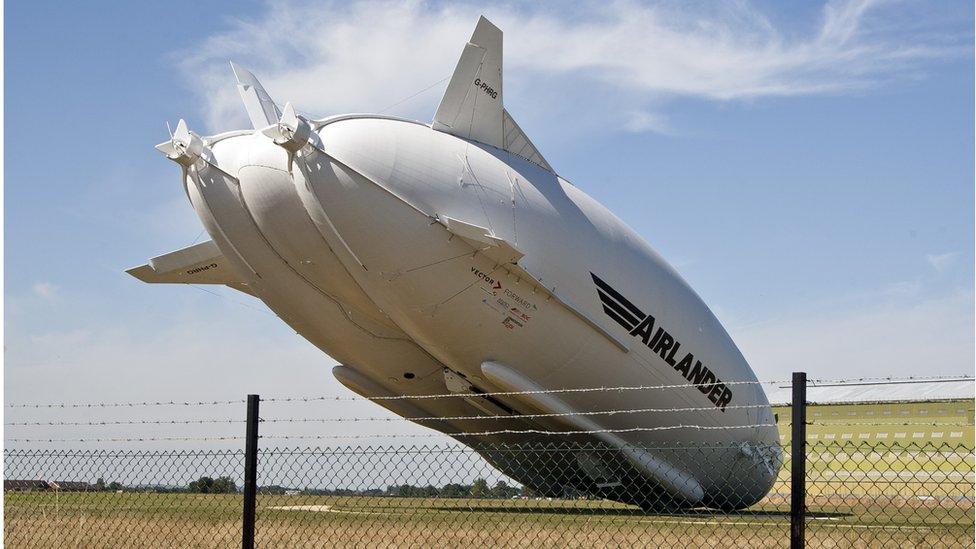
- Published4 February 2017

- Published24 August 2016

- Published17 August 2016
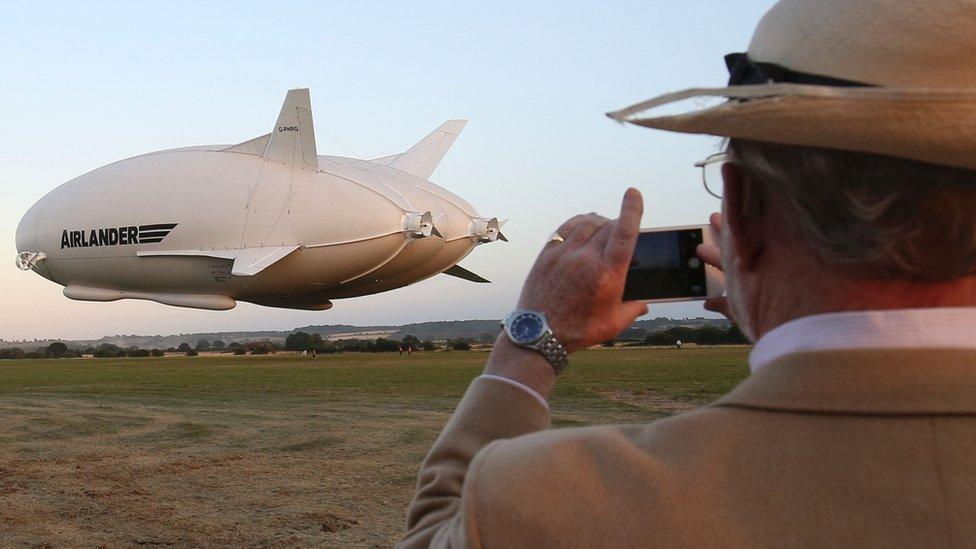
- Published15 August 2016

- Published5 March 2016
